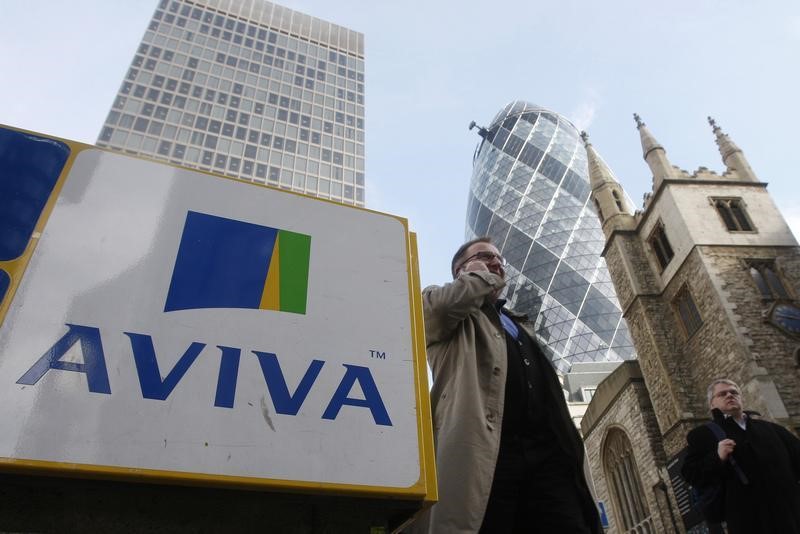Verizon to cut 15,000 jobs amid growing competition pressures - WSJ
Investing.com -- Aviva delivered a strong third-quarter update and raised its ambitions, saying it is now on track to meet its 2026 financial goals a full year early, helped by broad-based growth and early benefits from the Direct Line acquisition.
Even so, shares in the company dipped more than 4% in early London trading.
The group outlined new medium-term targets, headlined by expected operating earnings per share (EPS) growth of 11% per year from 2025 to 2028. Management also set a goal of lifting IFRS return on equity to above 20% by 2028 and generating more than £7 billion in cash remittances between 2026 and 2028.
“Over the last five years we have transformed Aviva , delivering again and again for our customers and shareholders. We continue to make excellent progress and now expect to achieve our financial targets in 2025, one year early," said Amanda Blanc, CEO of Aviva.
Aviva said the integration of Direct Line is progressing ahead of plan. The insurer upgraded its cost synergy target to £225 million, nearly double the original estimate, and expects more than £500 million in capital synergies once regulatory clearance is received.
It also reaffirmed plans to resume share buybacks next year, at a higher level due to the enlarged share count.
The group expects to report around £2.2 billion in operating profit for 2025 and sees solvency remaining solid, with a shareholder cover ratio of 177% at the end of the third quarter.
Blanc said the company’s outlook has "never been better," citing stronger growth, improving returns and a business mix expected to be more than 75% capital-light by 2028.
General insurance continued to perform well, with premiums up 12% to £10 billion in the first nine months, including a 17% increase in the U.K. and Ireland and solid gains in Canada.
The combined operating ratio improved to 94.4% on an undiscounted basis, reflecting better pricing and lower weather losses. Wealth operations delivered £8.3 billion in net flows, lifting assets to £224 billion, while retirement sales remained resilient despite strong comparatives.
